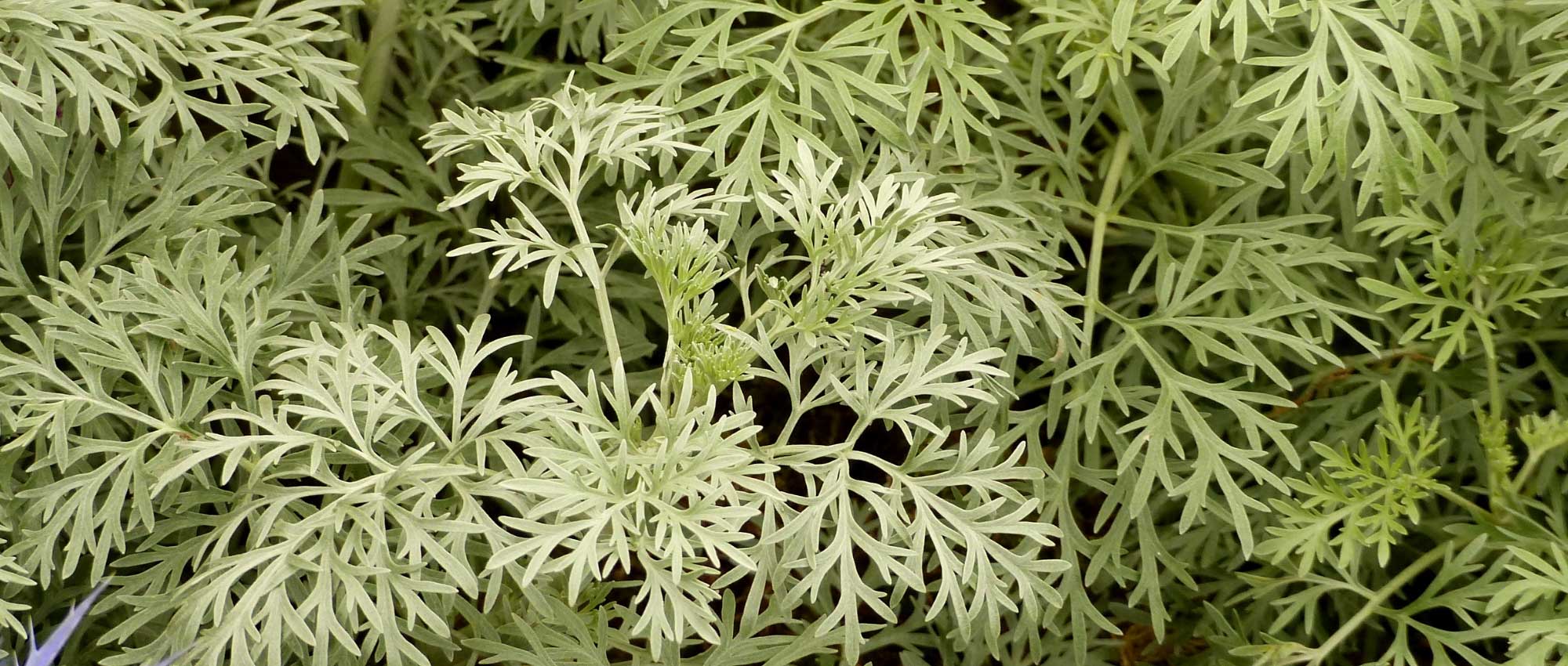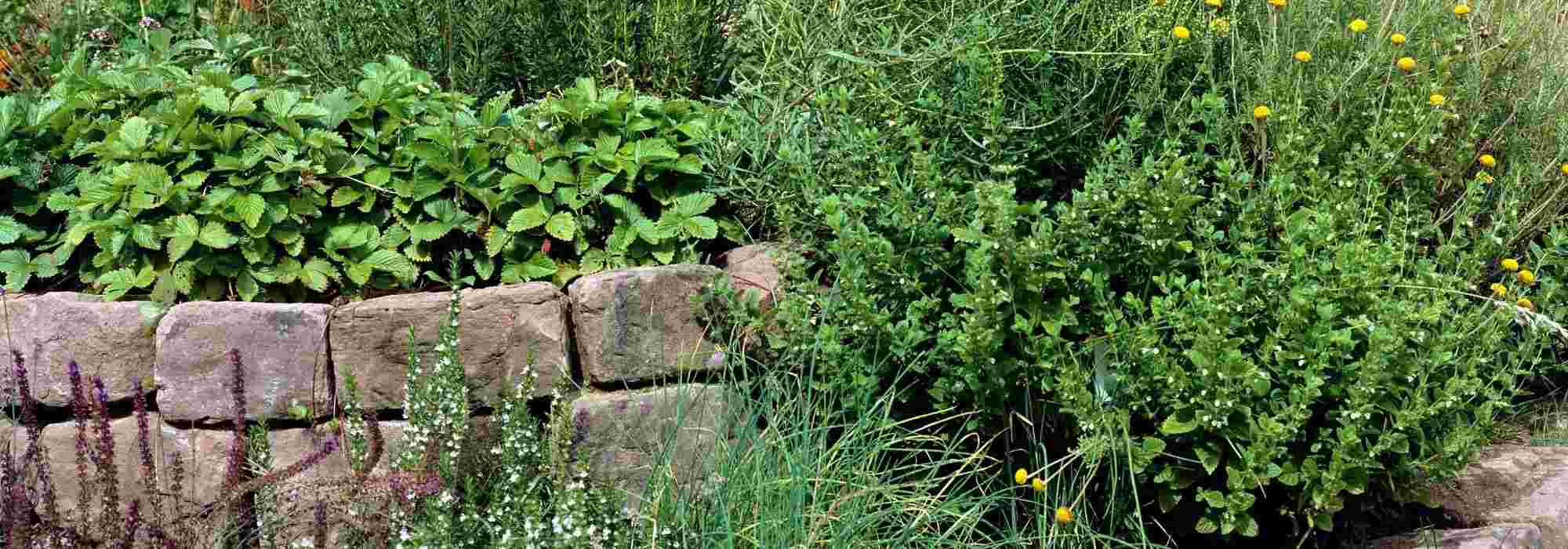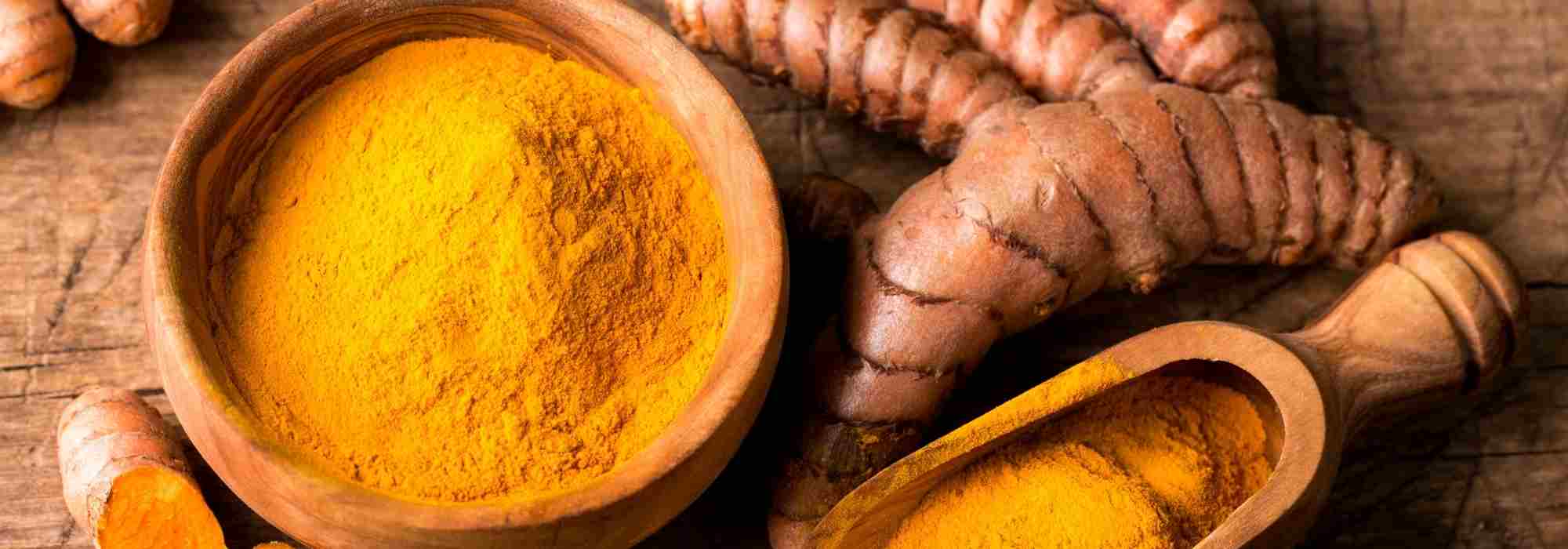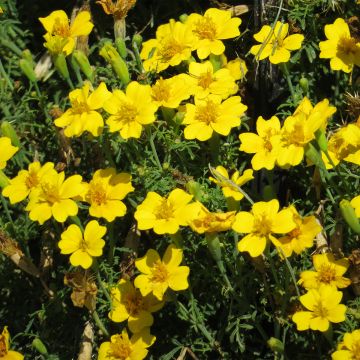

Cola Plant - Artemisia abrotanum var. maritima
Cola Plant - Artemisia abrotanum var. maritima
Artemisia abrotanum var. maritima Maritima
Southernwood, Lad's Love, Boy's Love, Old Man, Appleringie
a small potted plant arrived in good condition. I immediately replanted it, and I believe it will thrive.
Isabelle, 06/04/2022
Special offer!
Receive a €20 voucher for any order over €90 (excluding delivery costs, credit notes, and plastic-free options)!
1- Add your favorite plants to your cart.
2- Once you have reached €90, confirm your order (you can even choose the delivery date!).
3- As soon as your order is shipped, you will receive an email containing your voucher code, valid for 3 months (90 days).
Your voucher is unique and can only be used once, for any order with a minimum value of €20, excluding delivery costs.
Can be combined with other current offers, non-divisible and non-refundable.
Home or relay delivery (depending on size and destination)
Schedule delivery date,
and select date in basket
This plant carries a 6 months recovery warranty
More information
We guarantee the quality of our plants for a full growing cycle, and will replace at our expense any plant that fails to recover under normal climatic and planting conditions.
Description
The cola plant (in Latin Artemisia abrotanum var Maritima) is a close relative of absinthe, which herbalists call aurone, lemongrass, abrotone, lemongrass, wardrobe lemongrass, or arquebuse. It is a perennial shrubby plant with very fine, grey-green-blue foliage, remarkably aromatic: it leaves a scent on the fingers, even with the slightest touch, that surprisingly resembles cola soda. This Artemisia is grown for its ornamental aspect and to flavour drinks, desserts, or cooked dishes. Plant it in spring, sun, and well-drained soil, and harvest its leaves from the following summer.
The Artemisia abrotanum var. Maritima is native to the Mediterranean basin but widely cultivated and naturalized in temperate regions. It belongs to the Asteraceae family, just like absinthe and tarragon. It quickly forms a bushy tuft of about 50 to 60 cm (20 to 24in) in all directions, which can be kept compact through regular pruning. This woody-based, herbaceous-stemmed plant has very finely dissected, almost thread-like, slightly sticky leaves with a very soft grey-green colour and is rich in essential oils. Discreet yellow-green flowers appear from July to October. They can be cut without harming the plant, quite the contrary. It is hardy, at least down to -15°C (5°F), but has a relatively short lifespan. It should be pruned short in autumn to maintain a compact habit. Artemisia thrives in full sun in the garden, even in sweltering conditions. It appreciates light, well-drained soils and prefers them to remain slightly moist but can tolerate poor and relatively dry soil.
The use of Artemisia in cooking is delicate due to its bitterness and toxicity if consumed in high doses. In moderation, young shoots can be used to flavour salads, in syrup (with lemon juice), or as an infusion. They are also delicious in marinades, stews, and grilled dishes. Artemisia has antispasmodic and abortive properties, so it should be used cautiously. It is primarily cultivated for its ornamental aspect and repellent and insecticidal properties, which are useful in the vegetable garden.
In the ornamental garden: Its attractive rounded habit and colour make aurone an excellent foliage plant to grow with flowering plants in ornamental gardens. Place it near a pathway so you can brush against its foliage as often as possible.
Harvest: The leaves are harvested in June to July before flowering, preferably in the late afternoon.
Storage: The leaves can be consumed fresh or dried and stored in a dark and dry place.
Gardener's tip: In the garden, spray a wormwood infusion to repel insects, rodents, and slugs. Prepare the infusion with 1 kg of fresh plants for 10 litres (preferably rainwater). Place the plants in a net bag for potatoes or oranges so that you can weigh them down with a stone, for example, at the bottom of a non-metallic container. Cover and stir daily. Fermentation begins after a few days. When there is no more foam, filter and use the preparation diluted to 10%. Store the infusion in sealed containers in a cool, dark place if necessary.
Cola Plant - Artemisia abrotanum var. maritima in pictures


Harvest
Plant habit
Foliage
Other Herbs A to Z
View all →Planting and care
Artemisia abrotanum thrives in the sun, even in scorching conditions. It prefers light, well-drained soils, enjoys freshness but can tolerate poor and fairly dry soil in summer. Choose an open spot as it will quickly grow and does not appreciate root competition from other plants. It can be planted in spring or autumn.
Loosen the soil deeply, lighten it with compost, gravel or sand if necessary. Plant the young plants, spacing them 60 cm (24in) apart in all directions. Prune the clump in late March or in autumn to maintain a compact habit. After flowering, cut the flower stems before they go to seed to prevent spreading in the garden.
Artemisia is hardy, at least down to -15°C (5°F) but has a relatively short lifespan. It is usually renewed after 4-5 years.
Cultivation
Care
Intended location
Planting & care advice
-
, onOrder confirmed
Reply from on Promesse de fleurs
Similar products
Haven't found what you were looking for?
Hardiness is the lowest winter temperature a plant can endure without suffering serious damage or even dying. However, hardiness is affected by location (a sheltered area, such as a patio), protection (winter cover) and soil type (hardiness is improved by well-drained soil).

Photo Sharing Terms & Conditions
In order to encourage gardeners to interact and share their experiences, Promesse de fleurs offers various media enabling content to be uploaded onto its Site - in particular via the ‘Photo sharing’ module.
The User agrees to refrain from:
- Posting any content that is illegal, prejudicial, insulting, racist, inciteful to hatred, revisionist, contrary to public decency, that infringes on privacy or on the privacy rights of third parties, in particular the publicity rights of persons and goods, intellectual property rights, or the right to privacy.
- Submitting content on behalf of a third party;
- Impersonate the identity of a third party and/or publish any personal information about a third party;
In general, the User undertakes to refrain from any unethical behaviour.
All Content (in particular text, comments, files, images, photos, videos, creative works, etc.), which may be subject to property or intellectual property rights, image or other private rights, shall remain the property of the User, subject to the limited rights granted by the terms of the licence granted by Promesse de fleurs as stated below. Users are at liberty to publish or not to publish such Content on the Site, notably via the ‘Photo Sharing’ facility, and accept that this Content shall be made public and freely accessible, notably on the Internet.
Users further acknowledge, undertake to have ,and guarantee that they hold all necessary rights and permissions to publish such material on the Site, in particular with regard to the legislation in force pertaining to any privacy, property, intellectual property, image, or contractual rights, or rights of any other nature. By publishing such Content on the Site, Users acknowledge accepting full liability as publishers of the Content within the meaning of the law, and grant Promesse de fleurs, free of charge, an inclusive, worldwide licence for the said Content for the entire duration of its publication, including all reproduction, representation, up/downloading, displaying, performing, transmission, and storage rights.
Users also grant permission for their name to be linked to the Content and accept that this link may not always be made available.
By engaging in posting material, Users consent to their Content becoming automatically accessible on the Internet, in particular on other sites and/or blogs and/or web pages of the Promesse de fleurs site, including in particular social pages and the Promesse de fleurs catalogue.
Users may secure the removal of entrusted content free of charge by issuing a simple request via our contact form.
The flowering period indicated on our website applies to countries and regions located in USDA zone 8 (France, the United Kingdom, Ireland, the Netherlands, etc.)
It will vary according to where you live:
- In zones 9 to 10 (Italy, Spain, Greece, etc.), flowering will occur about 2 to 4 weeks earlier.
- In zones 6 to 7 (Germany, Poland, Slovenia, and lower mountainous regions), flowering will be delayed by 2 to 3 weeks.
- In zone 5 (Central Europe, Scandinavia), blooming will be delayed by 3 to 5 weeks.
In temperate climates, pruning of spring-flowering shrubs (forsythia, spireas, etc.) should be done just after flowering.
Pruning of summer-flowering shrubs (Indian Lilac, Perovskia, etc.) can be done in winter or spring.
In cold regions as well as with frost-sensitive plants, avoid pruning too early when severe frosts may still occur.
The planting period indicated on our website applies to countries and regions located in USDA zone 8 (France, United Kingdom, Ireland, Netherlands).
It will vary according to where you live:
- In Mediterranean zones (Marseille, Madrid, Milan, etc.), autumn and winter are the best planting periods.
- In continental zones (Strasbourg, Munich, Vienna, etc.), delay planting by 2 to 3 weeks in spring and bring it forward by 2 to 4 weeks in autumn.
- In mountainous regions (the Alps, Pyrenees, Carpathians, etc.), it is best to plant in late spring (May-June) or late summer (August-September).
The harvesting period indicated on our website applies to countries and regions in USDA zone 8 (France, England, Ireland, the Netherlands).
In colder areas (Scandinavia, Poland, Austria...) fruit and vegetable harvests are likely to be delayed by 3-4 weeks.
In warmer areas (Italy, Spain, Greece, etc.), harvesting will probably take place earlier, depending on weather conditions.
The sowing periods indicated on our website apply to countries and regions within USDA Zone 8 (France, UK, Ireland, Netherlands).
In colder areas (Scandinavia, Poland, Austria...), delay any outdoor sowing by 3-4 weeks, or sow under glass.
In warmer climes (Italy, Spain, Greece, etc.), bring outdoor sowing forward by a few weeks.


























































